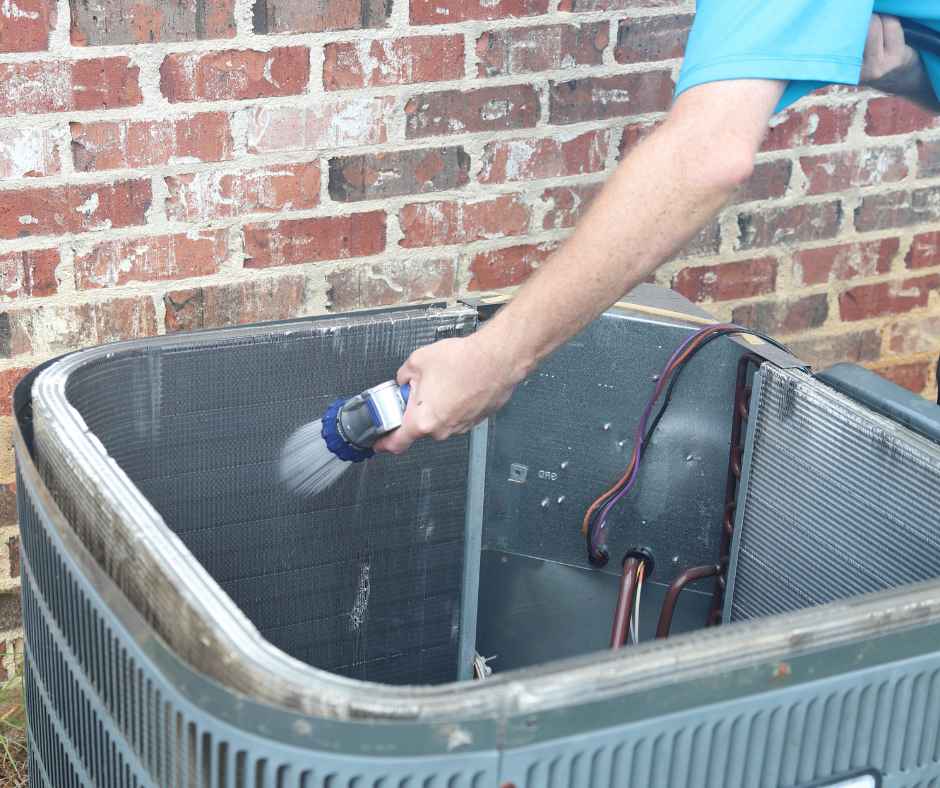Serving Douglas County & The Surrounding Areas
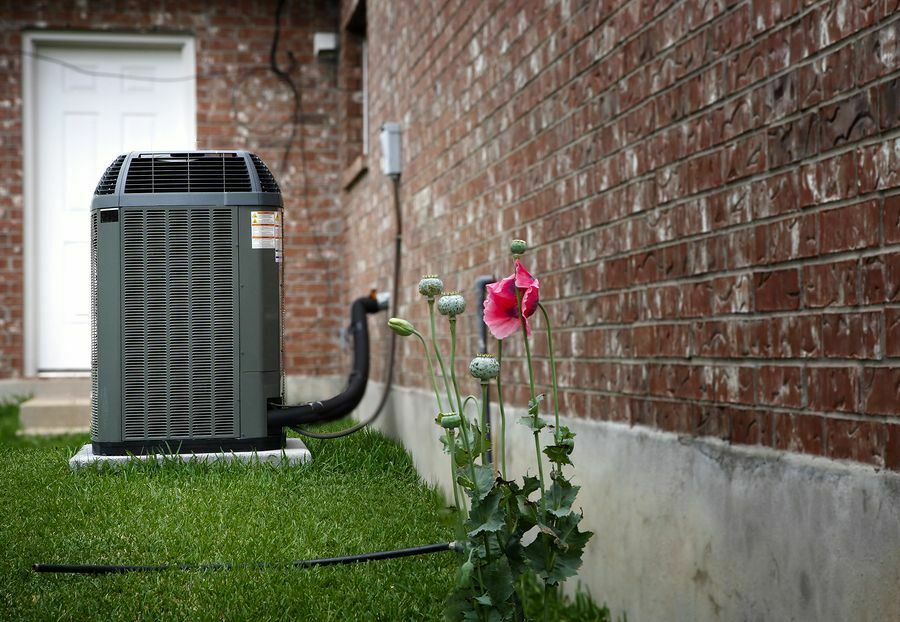
Affordable Eco-Friendly Home Improvements
Cost-Effective Ways to Sustainably Update Your Home
Buying an old house can feel like a sustainable move. However, the inefficient nature of most older homes can become apparent pretty quickly. Fortunately, there are many upgrades that can have a potentially positive effect on both your home’s sustainability and your bank account. Here are a handful of the most effective home improvements that you can maximize your old home’s sustainability.
Improve Insulation
Drafts in old homes can come through rickety doors, cracked windows, and even holes in the floorboards. Try to improve your home’s insulation by:
- Using weatherstripping to seal up the interior side of your doors and windows.
- Caulking any gaps around window and door exteriors.
- Adding insulation to your attic.
- Having insulation blown into your home’s exterior wall cavities.
- Replacing your windows.
By sealing up your home, you can help reduce your carbon footprint. You can also avoid the need to combat chilly drafts all winter long.
Update the HVAC System
Old boilers and ancient furnaces can struggle to keep your home warm and may waste significant amounts of fuel while doing so. Using space heaters or popping electric baseboard heaters onto the walls may not help much, either — particularly when it comes to efficiency and sustainability.
Instead, consider replacing any dated HVAC systems or even installing a new one if your home doesn’t have central air already. The upfront cost can often be a deterrent, but it’s important to weigh all of the factors.
Central air allows you to utilize updated heating and air conditioning units. Many of these are highly efficient and may gradually pay for themselves through a lower need for fuel. Once you have a new unit installed, make sure to properly service it as well, in order to keep it operating at peak efficiency for as long as possible.
Replace Showerheads and Faucets
Water flow and pressure can be sporadic in an older home. This isn’t just thanks to old plumbing and leaky pipes, it may also be the result of poorly performing water fixtures. While the pressure may vary at times, the excessive amount of water coming out of old fixtures typically doesn’t.
According to the EPA, the average showerhead still uses a staggering 2.5 gallons of water every minute. If you want to update your home’s functionality and improve its sustainability, consider installing new water fixtures that are designed to reduce the overall amount of water consumed while still efficiently maximizing pressure.
A low-flow showerhead or aerated faucet can help you reduce and regulate the overall flow of water in your home. If you want to take your sustainable water usage one step further, consider replacing your toilet with a low-flow alternative.
Install Solar-Powered Lights Outside
Take advantage of naturally-occurring sunlight by replacing any of your outdoor illuminations with solar-powered alternatives.
If you’re feeling particularly ambitious — and live in an area where you get plenty of sunlight year-round — you can even install solar panels and power portions of your home. Everything from attic fans to water heaters can potentially be powered in this manner, helping you simultaneously cut down on electricity costs and operate your home in a more eco-friendly manner.
Install Ceiling Fans
Fans are an excellent way to provide a draft in a room, which can circulate and evenly distribute the air within a room. Ceiling fans are also particularly effective ways to sustainably cool a space. In fact, using a ceiling fan allows you to raise the thermostat as much as 4 degrees with no reduction in the comfort level of a room.
Even in the winter, ceiling fans can be run in reverse (i.e. blow upward toward the ceiling) in order to continually circulate the air within a room without actively cooling its occupants.
Get a Programmable Thermostat
A programmable thermostat can automatically raise and lower the temperature of your home at specific times of the day. If you know you’ll be out of your home working from 9 to 5, you can have the temperature reduced while you’re gone. Nighttime is another great time to let your home cool off. You can also consider installing a smart thermostat that can be controlled from your smartphone.
If you can’t put in a thermostat on your own, consider asking if you can have one installed the next time you have your furnace repaired or cleaned. The reduction in fuel consumption should justify the costs involved in installing a new device quickly.
Update Your Lighting
Indoor lighting can be a quiet-yet-significant expense. A single 60W traditional incandescent lightbulb that is used for two hours each day costs approximately $4.80 per year to operate. A single household can have dozens of bulbs turned on at any given moment. In addition, any number of them may be left longer than two hours per day, leading to dozens and even hundreds of dollars of additional expenses — not to mention the carbon footprint that comes from the excessive amount of energy required to operate them.
One way to quickly and easily update the efficiency of your old home is to replace your bulbs with LED alternatives. These may be more expensive to purchase upfront, however, they use a fraction of the energy and can last for notably longer.
There are many affordable ways to update your home and make it more sustainable. Some simple tips include installing a low-flow showerhead, solar-powered lights, or programmable thermostat. You can also replace older lightbulbs with LED bulbs, which use significantly less energy. Fans are another easy way to circulate air in a room without using extra energy. With a few quick updates, your home can be more sustainable and efficient.
Recent News
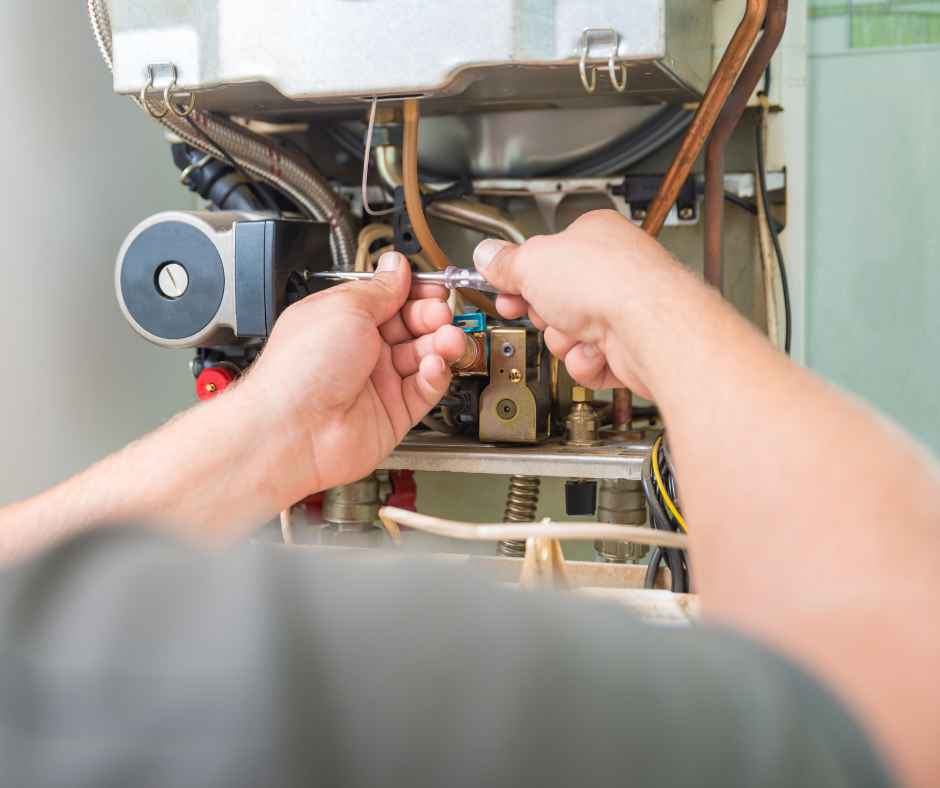
Emergency Heating Repairs: What to Do If Your Furnace Fails During a Colorado Snowstorm
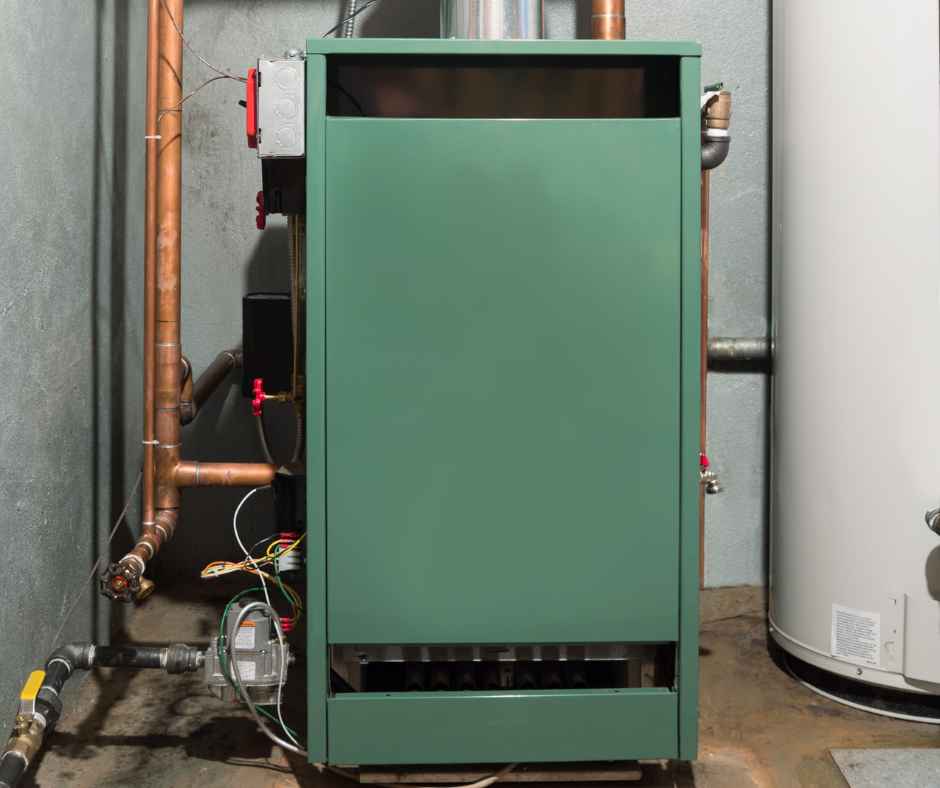
Comparing Heating Options for Colorado Homes: Furnace vs. Boiler vs. Heat Pump
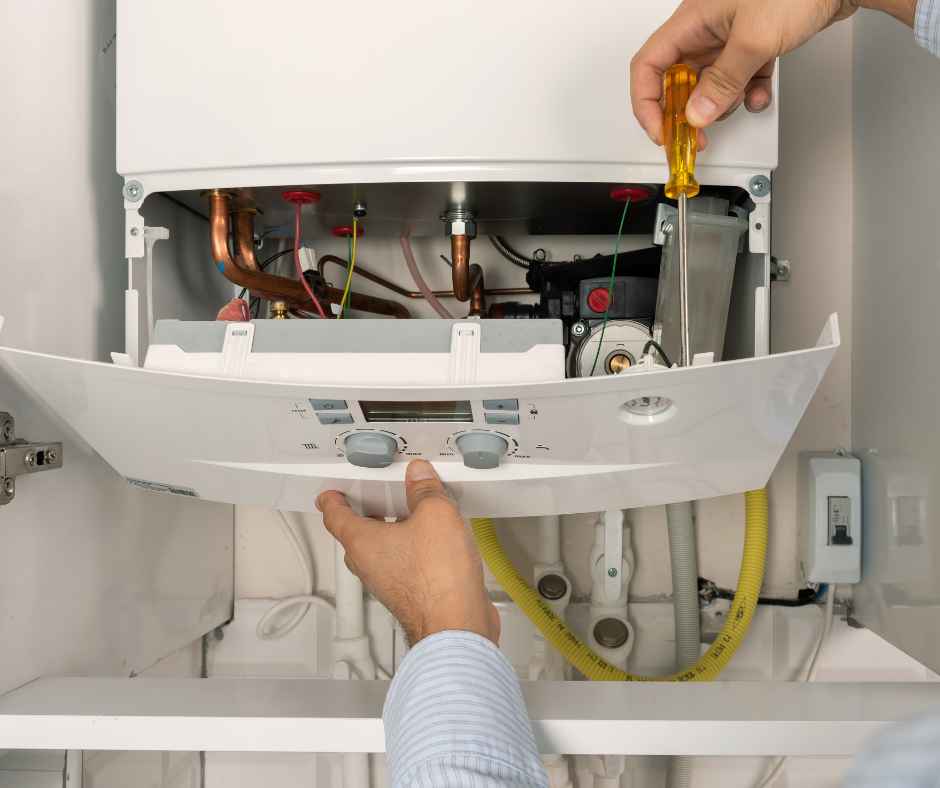
The Ultimate Fall & Winter Boiler & HVAC Maintenance Checklist for Castle Rock Homes
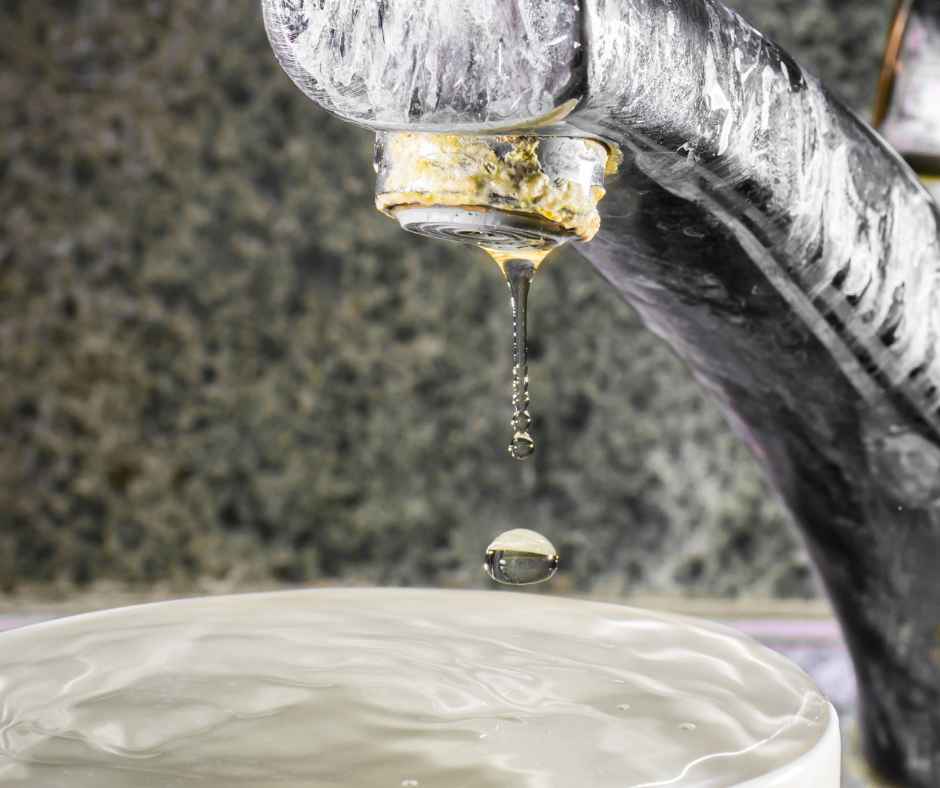
How to Choose the Right Water Filtration System for Colorado’s Hard Water
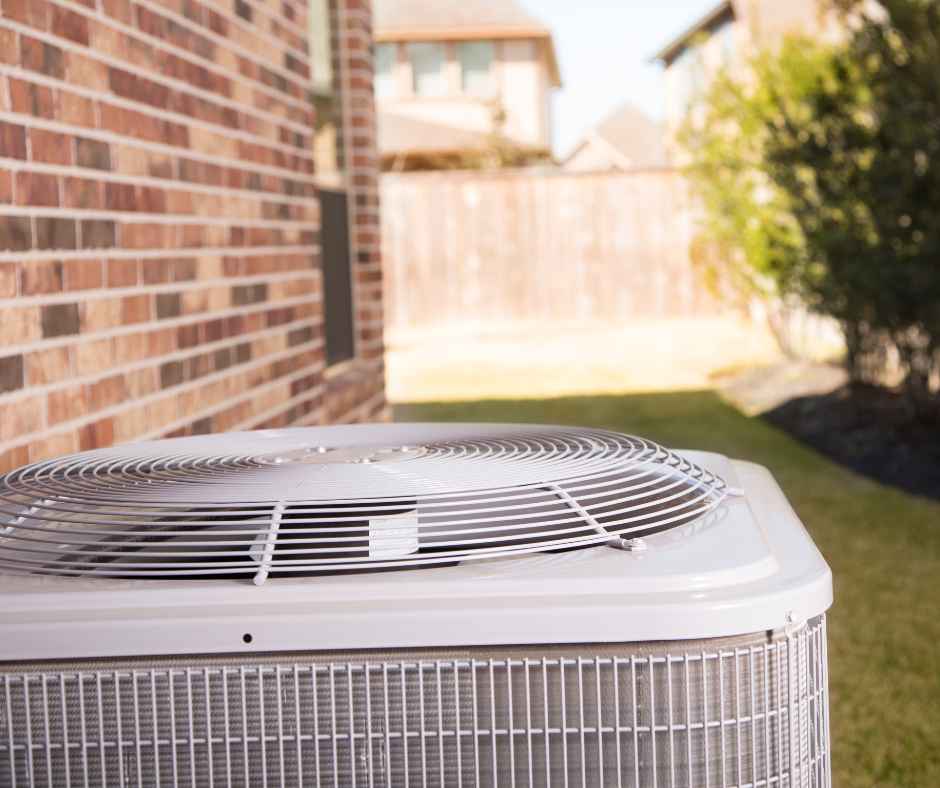
Maximizing AC Efficiency in High Altitude: Denver’s Summer Cooling Guide
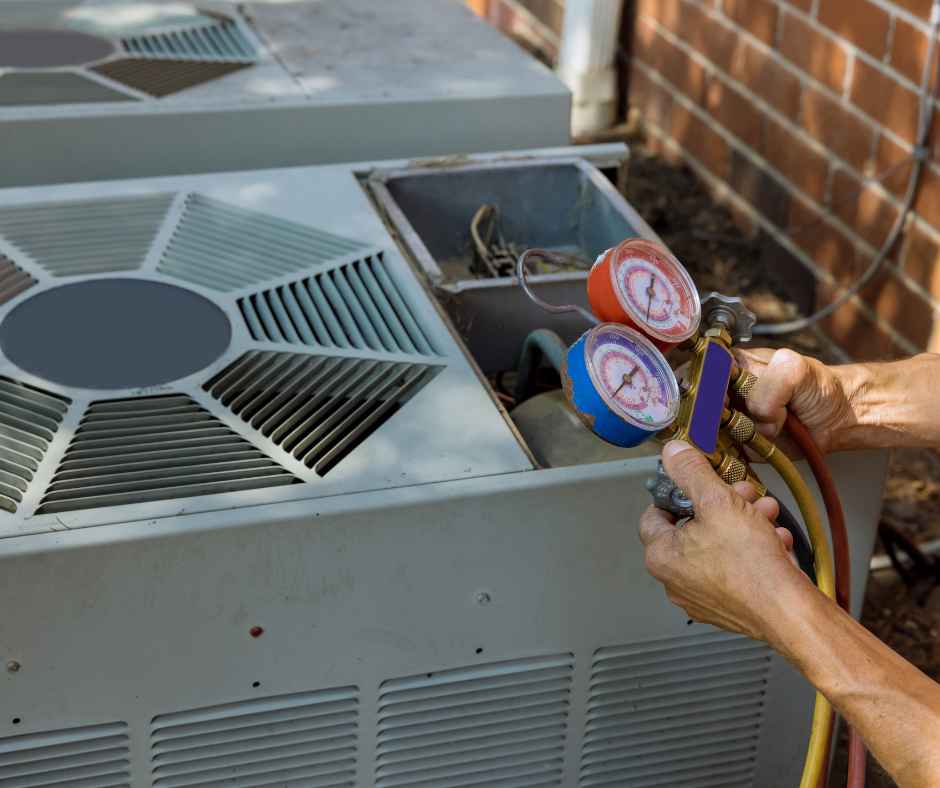
Why Is My AC Freezing Up?
